WAYNESVILLE, N.C. (WLOS) — The town of Waynesville is planning ways to attract visitors to one of its historic districts that was devastated by Hurricane Helene.
Over one year ago, the Frog Level Historic District was underwater. Now, the town of Waynesville is encouraging visitors to come back.
The historic Frog Level district in Waynesville received its name due to its low-lying location along the Richland Creek, a location that made it vulnerable when the storm hit.
"There was no power. Money was shut down. There was no way to get to money," said Anthony Leonard, a Waynesville resident.
The hurricane destroyed the Soul Sisters Depot boutique in Frog Level, but with community support, the owners were able to reopen in a new building just outside the district.
"We're super busy, which is great," said Chelsea Gaylord, co-owner of Soul Sisters Depot. "We're so thankful for that because we didn't know how it would go."
Elizabeth Teague with the town of Waynesville says that now, cost is the biggest roadblock for business owners wanting to move here.
"When you're dealing with historic districts and older buildings, they were all built to standards that don't exist anymore, right? There's a whole set of new rules and regulations that are all based on mitigating future flood hazards," said Teague.
But, she says, they want to help individual property owners with whatever they need to meet engineering requirements.
WAYNESVILLE TOWN WORKERS DEDICATE DAY TO CLEANING DEBRIS FROM FROG LEVEL AREA
"We will work with people to identify needs under what we call substantial damage. If a building is significantly damaged, then it can require an additional level of engineering to bring those buildings up to code," said Teague.
Kevin 'Lippy' Mawby, the owner of Astro Record Store, says that before setting up shop, his landlord received guidance from the town.
"The building inspector came down and worked with me directly. Instead of showing up and telling me it wasn't right, he came down and helped me put it together," said Mawby.
Teague says the town is also working to revitalize the district by taking care of the sidewalks, keeping the parking lot available for customers, and installing new things like a bike rack. Additionally, they’re looking to add a greenway connection.
"There's a lot of work that's happening here, and if you're interested in a good place to invest, to start a business, please reach out to us because we want to work with you," said Teague.

 828-676-2939
828-676-2939




 Service Areas
Service Areas























